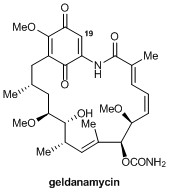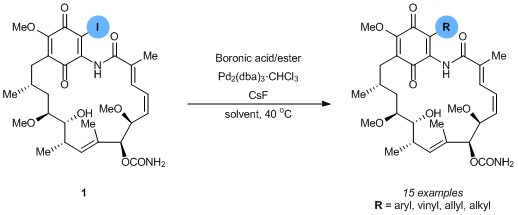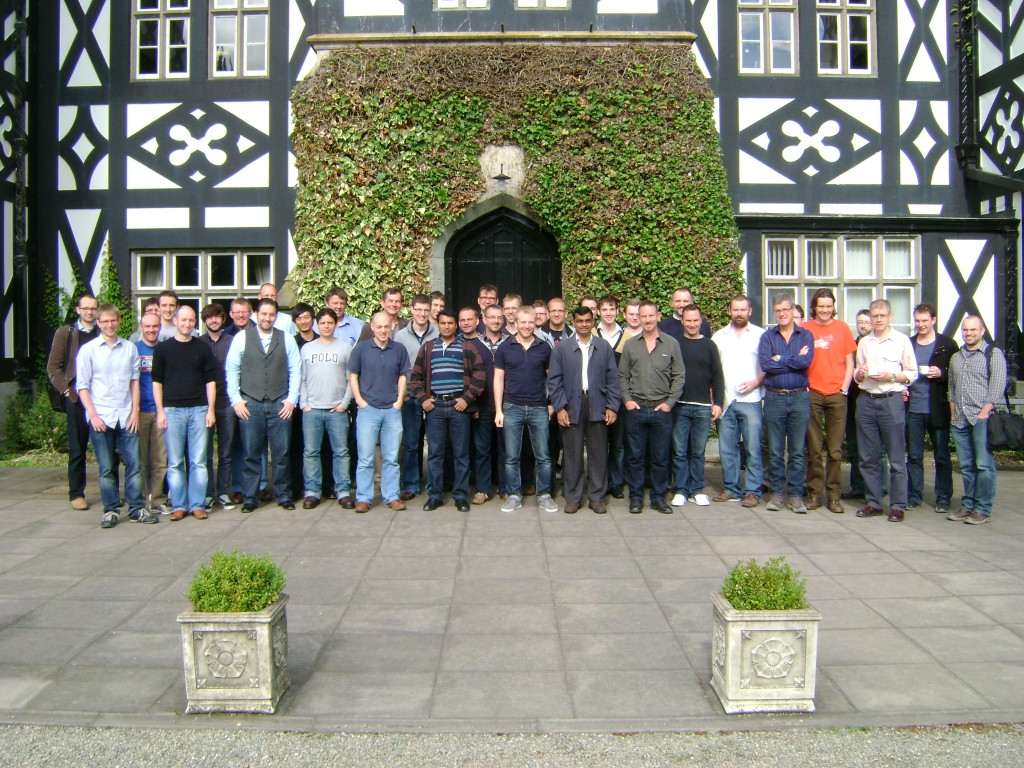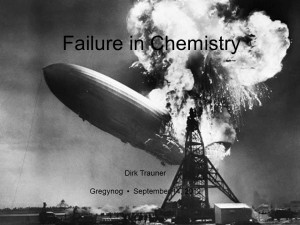Paul Knochel and colleagues at the Ludwig Maximilians University in Munich have reported a new general synthesis of aryl and heteroaryl aluminium reagents. The route described allows a larger range of functional groups to be incorporated, compared with the more usual approach of inserting Al into aryl halide bonds directly. The synthetic methodology uses di-isobutyl aluminium chloride and n-BuLi at -78C in an exchange reaction with a functionalised aryl or heteroaryl halide.
The synthesis of a group of derivatives is described, via the reaction of the aluminium reagents with a variety of electrophiles. Typical cross coupling reactions using palladium catalysis, as well as copper-catalysed Michael additions, allylation and acylations are reported, involving a rich variety of incorporated functional groups. Importantly, further derivitisation of the organo-aluminium reagents includes no further transmetalation steps.
Of note are the reactivities of electron-rich furan and thiophene bromides functionalised with ester groups, which also could remain intact during the reaction with di-isobutylaluminium chloride and butyl-lithium at -78C, yielding the desired reagents that were further derivatised, as in other examples.
N-heterocycles such as 3-bromo-quinoline also received attention, yielding the aluminium reagent in 73% yield, and smoothly converting in a palladium catalysed cross coupling reaction with 4-iodobenzonitrile. Full NMR data for the products of the reactions described is given in the supplementary information.
In general, this Communication describes a considerable step forward in the field of organo-aluminium reagents for organic synthesis, and no doubt will be of interest to synthetic chemists in many fields.
Read this HOT ChemComm article today!
Generation of Functionalised Aryl and Heteroaryl Aluminium Reagents by Halogen/Lithium Exchange
Thomas Klatt, Klaus Groll and Paul Knochel
Chem. Commun., 2013,49, 6953-6955
DOI: 10.1039/C3CC43356K, Communication
Kevin Murnaghan is a guest web-writer for Chemical Communications. He is currently a Research Chemist in the Adhesive Technologies Business Sector of Henkel AG & Co. KGaA, based in Düsseldorf, Germany. His research interests focus primarily on enabling chemistries and technologies for next generation adhesives and surface treatments. Any views expressed here are his personal ones and not those of Henkel AG & Co. KGaA.



















